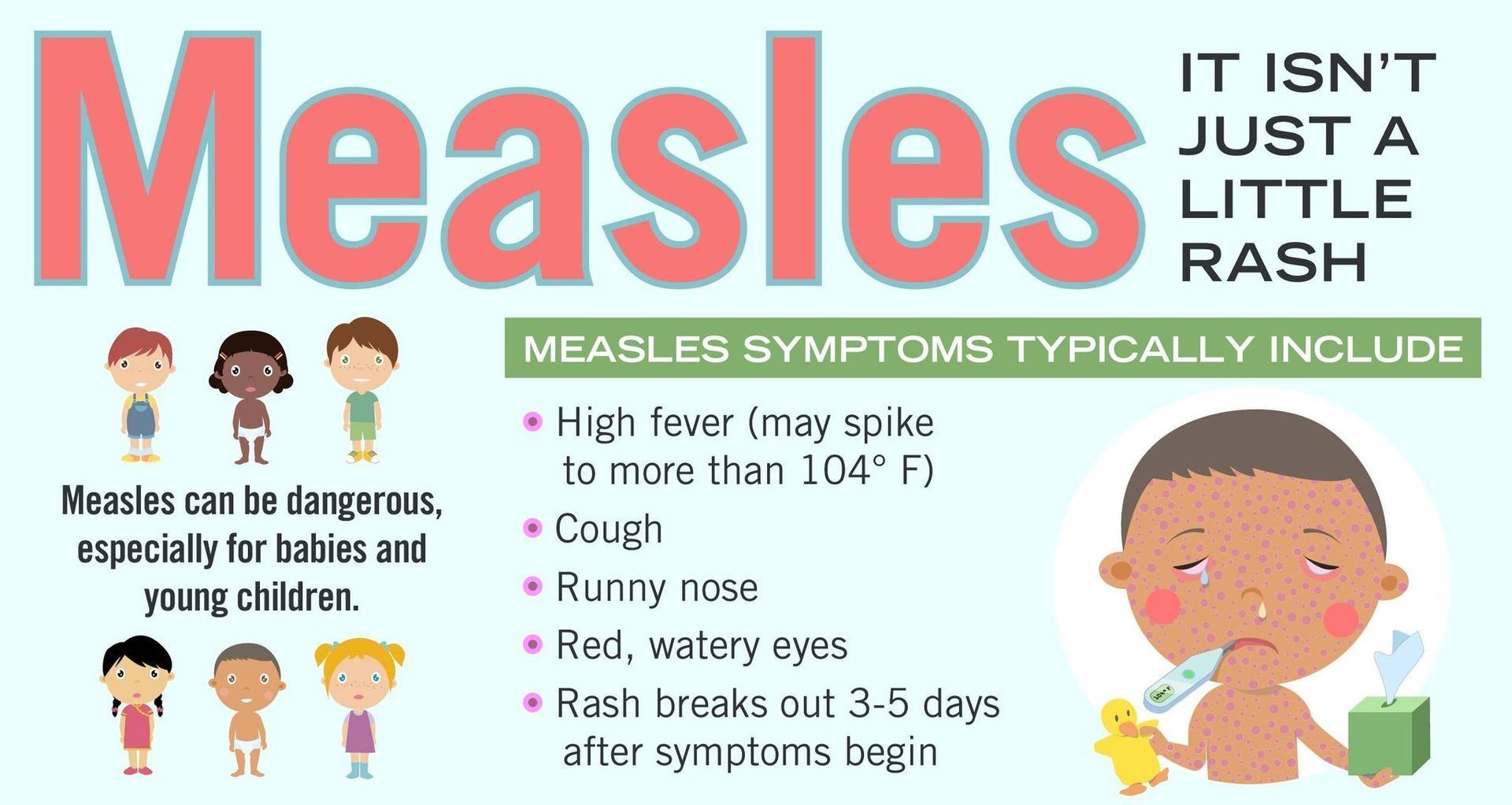Practice News

By Stacy Parra
•
April 24, 2025
We have been receiving more calls and MyChart messages with questions about measles. Please see this helpful article on what parents should know about measles from the American Academy of Pediatrics. And please make sure your child's measles vaccine is up to date! https://www.healthychildren.org/.../pages/measles.aspx
By Graham Daugherty
•
March 20, 2024
Hello, parents, caregivers, and all those invested in the well-being of our little ones! We are thrilled to provide Practice News on our website. We understand the unique joys and challenges that come with raising healthy, happy kids. Through our news section, we aim to provide valuable insights, practical tips, and advice to empower parents in making informed decisions about their children's health and well-being. With years of experience in pediatric medicine and a dedication to promoting child wellness, we are here to guide you through every stage of your child's development.



